Camino de Santiago podcast
Want to walk the Camino de Santiago? We’ve done it once, and are planning to do it again in 2012; so for this podcast we look at planning for this famous hike. Not interested in Spain? The tips within the podcast could apply to any long walk, like Te Araroa in New Zealand.
To listen, hit play below or find episode 220 in iTunes, Stitcher or Soundcloud:
What is the Camino de Santiago?
The Camino de Santiago de Compostela is an ancient pilgrimage which finishes in the Spanish city of Santiago de Compostela. Translated as the “Way of St James”, the goal is to reach the mythological resting place of this saint at the third-holiest site in Roman Catholicism: the Cathedral in Santiago de Compostela.
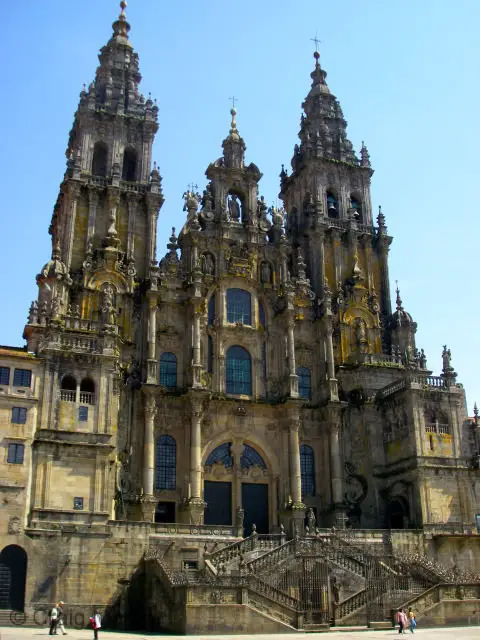
People take part in the modern walk for all sorts of reasons; it’s no longer compulsory to be Catholic or a religious seeker to take part in the Camino. However, those who do not declare a spiritual motivation will not receive a certificate of pilgrimage at the end.
The main route taken by today’s pilgrim is the Camino Francés, which crosses the Pyrenees at St Jean Pierre de Port the follows a route east to west, at around 100km inland from the coast. This is the route we took in 2008 — starting at Pamplona and continuing past Santiago de Compostela to Finisterre and Muxia on the coast.
In 2012, we plan to take on the Via de la Plata, which starts in Seville and heads north, skirting the border with Portugal before taking a westerly turn towards Santiago. Once again, this is approximately 1,000km from start to finish.
Planning for the Camino de Santiago
So what does it take to plan for a 1,000km walk across Spain? Not that much really…
Books, maps, and route planning
Once again, we plan to use a guidebook produced by the non-profit Confraternity of St James, who have a range of up-to-date guides. We’ll probably have mobile internet access on an iPhone (and local SIM) for mapping assistance as well. The Via de la Plata doesn’t have the range of options available to walkers of the Camino Francés, so we’ll be committed to a reasonably set 15-25km a day between accommodation options.
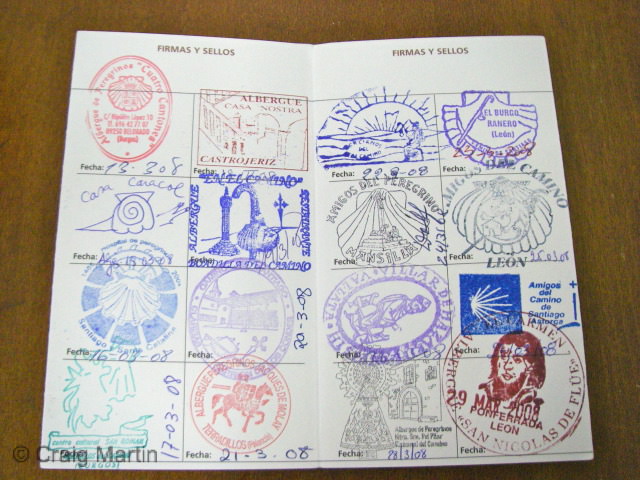
One vital part of the scheme is getting a pilgrim passport. The passport is a document that shows you are taking part in the Camino. It’s stamped each day at your accommodation, so you have an amazing keepsake with all the marks of places you’ve visited. You can also find stamps at some churches and monasteries along the way too add more colour to your passport or journal. When you finish the Camino in Santiago de Compostela, your passport is examined before you are issued with a certificate of pilgrimage.
Packing and equipment
So what are we taking? One each of these clothing items (unless marked differently), then the other stuff below shared between us.
Clothes:
- Good shoes
- Great socks (2-3 pairs)
- Zip-off trousers
- Polyprop or woolen tops and bottoms
- Hiking t-shirts (2)
- Fleece jumper for Linda; Mountain Hardwear jacket for Craig
- Waterproof over-trousers and jacket/shell
- Undies (3-5)
- Sports bra and spare bra
- Hat and scarf
Other things
- Sports towels
- Minimal toiletries and first aid kit (including blister plasters and painkillers)
- Sleeping bag and silk liner
- Kindle, iPods, chargers
- Journal and pens
- Water bottle/camelback
- Guidebook and pilgrim passport
- Camera, microphone and laptop (for working!)
The goal is to max out at 10% of body weight or 10kg. With the addition of daily water and food, we want to be at 7kg max for our total pack weight.
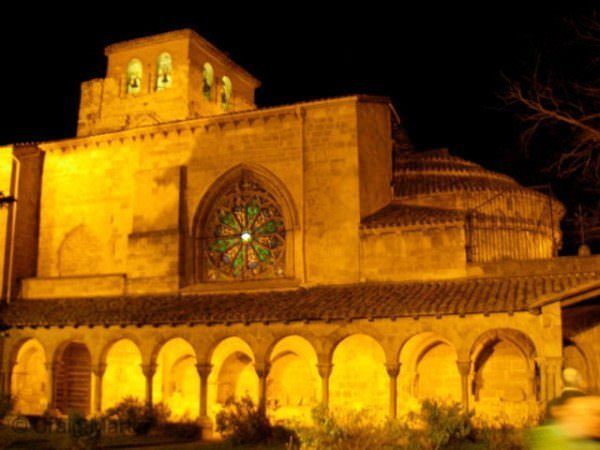
We’re still undecided on what technology we’ll need to take to keep up with things while we walk the Camino. It would be best if we only had to check in a couple of times a week to deal with emergencies and upload some up-to-date photos and video for you to see, so I think we’ll end up taking Linda’s Macbook Air and a spare hard drive or big SD card for photo backups.
And what are we doing to physically prepare for a month of hiking? Not much, to be honest! We’ll be doing some hiking while we’re back in New Zealand, Craig’s doing some Taekwon-do as well. Last time around we found the first three days the hardest, then our bodies fell into the rhythm of walking each day and the right muscles started to develop. With light packs, good shoes and socks, and a bit of naivety, we think we’ll be right.
Have any suggestions?
We’re about three months away from starting our second Camino de Santiago — and I’m sure some readers are planning their trips too! Do you have any suggestions or any questions? Ask in the comments below.

Passports with Purpose

In this podcast we also speak with Beth Whitman about Passports with Purpose. This is the travel bloggers’ fundraiser and — this year — is attempting to raise US$80,000 to build two libraries in Zambia. Each $10 donation puts you in the draw to win a prize donated by bloggers and travel companies: from tech to trips!
Head over to Passports with Purpose and donate today.
To listen, hit play above or check in iTunes, Stitcher or Soundcloud. There’s more information on the Camino de Santiago here, or you can listen to our Camino Primitivo podcast here.


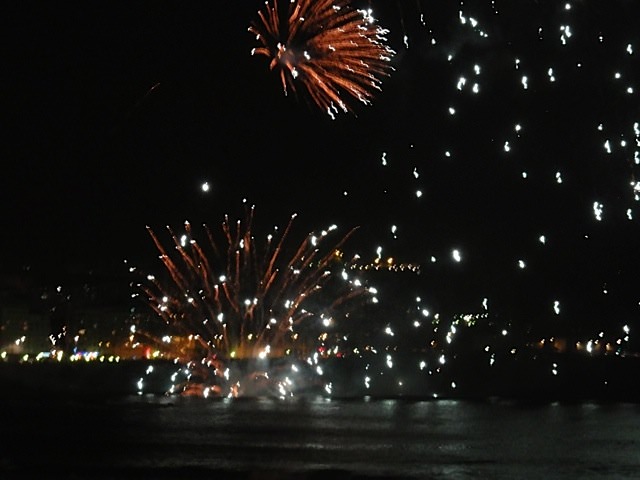


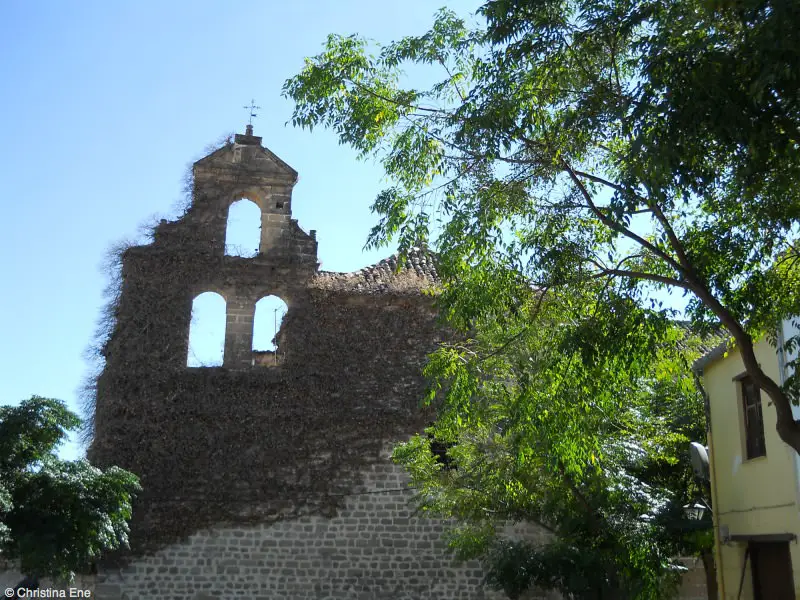
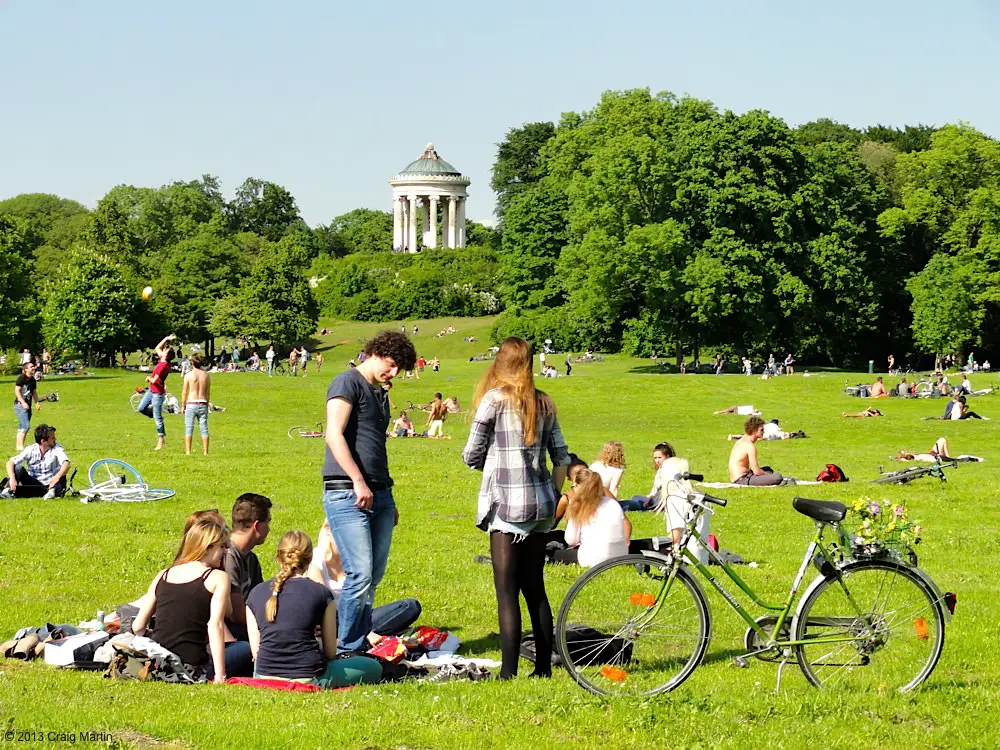

It’s going to be kinda chilly in March….zip-off trousers might be a little overkill. Be sure to have warm enough gear for rain and snow, which you may encounter. I encountered snow in the middle of May in Galicia when I walked last year, so be prepared! Also be sure to have plenty of blister care stuff in your first aid kit. It’s all you really need. I just wrote a blog post about doing the Camino that has a lot of the same information. What route are you planning to walk this time?
Hi Heather, thanks for the heads up! When we walked the Camino Francés in March, we were walking through snow as well. This time we’re starting further south — walking the Via de la Plata — and at lower altitude, but we’ll still be wrapping up warm to start (see all those layers in the packing list!). The problem we found was temperatures moving from single figures into the 30s within a few days.
Ah yes, the VdlP…that’s a tough one with albergues further apart. That’s a good time of year to do it though, not too hot. I am planning for the Camino Portuguese next October from Porto to SdC to Finisterre to Muxia then hang out in Spain or Portugal after for a week. The temperature extremes are probably the most frustrating thing for me in Spain. When I started walking, the weather was hot, I got sun burned and was miserable…by the time I got to Santiago, all it had been doing was rain or snow for two weeks…this was after I had shipped my warm gear home…had to buy new thermal bottoms and a hat in Astorga.
Have a great walk and buen camino!!!
Thanks Heather — gear vs weight is definitely a big issue.
The Camino Portuguese looks very cool, and we did consider it (especially now Linda’s got a bit of a Portuguese bug!), but Spain still won out. Buen camino, tambien!
i really loved muxia – much more than fisterra. a wonderful albergue too. good albergues o the way from santiago. i would recommend muxia and then fisterra. there is an albergue between the two, a hotel actually which stamps your credencial, but you can do the great wooded walk in a day. philip